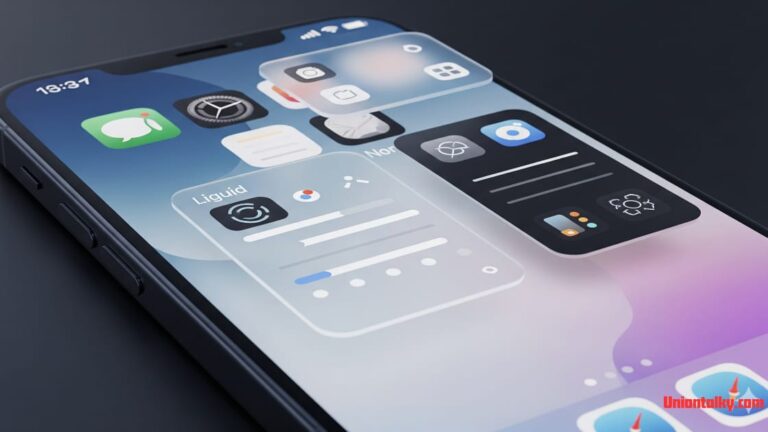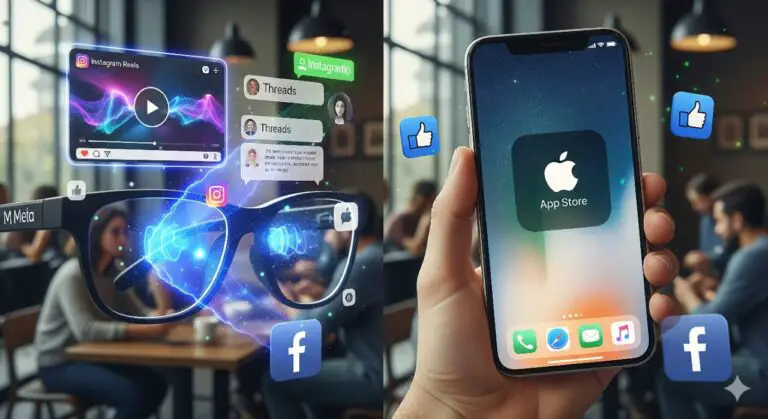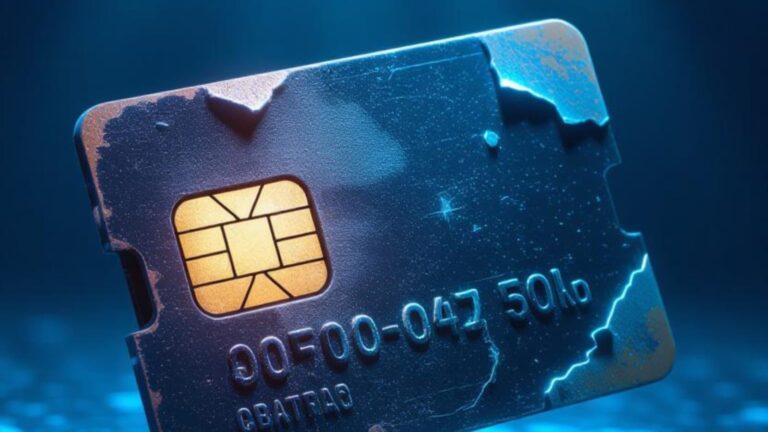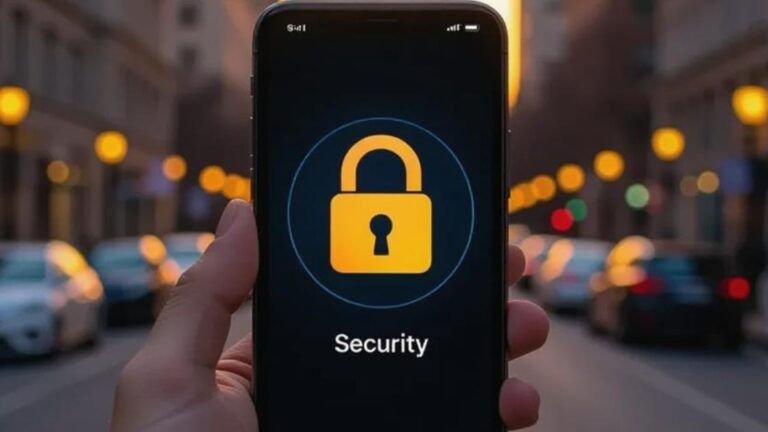Picture this, You’re scrolling on your brand-new iPhone 17 while sipping coffee at a local café. Suddenly, a notification pops up with another news story about spyware attacks targeting journalists, activists, or even politicians. Maybe you shrug it off, thinking, “That’s for high-profile people, not me.” But here’s the truth, your phone, my phone, anyone’s phone can be a target when memory safety breaks down. And Apple just announced a massive leap to protect us: Memory Integrity Enforcement.

Breaking News: Apple’s Biggest Security Shift Yet
Apple calls this move “the most significant upgrade to memory safety in the history of consumer operating systems.” That’s not marketing fluff, it’s a bold declaration. They’re essentially saying, We’re locking the doors tighter than ever before. This comes alongside the launch of the iPhone 17 and iPhone Air, devices that already come packed with performance bragging rights. But the hidden story? Security might be the biggest upgrade.
What’s the Problem with Memory Safety?
Let’s break it down without the jargon. Imagine your brain keeps sticky notes of everything you need to do. Now imagine if someone sneaks in and rearranges those notes or swaps them for fakes. That’s what memory corruption is like inside your phone, hackers exploit those gaps to run spyware like Pegasus, which has made headlines for spying on journalists and even world leaders.
READ MORE – Free Cloud Storage – Is It Really Free, or Just a Trap?
Microsoft tried to fix this in Windows 11. ARM pushed Memory Tagging Extensions (MTE) for Pixel phones. But Apple is going further. They’re using a souped-up version of MTE called Enhanced Memory Tagging Extension (EMTE), making protections not just stronger but always on.
Why Always-On Matters
Think of it this way: you lock your house at night, but would you leave it unlocked all day? Some systems let memory safety “check later” (that’s asynchronous mode). Apple says nope, we’re checking right now, every time. That’s synchronous mode. And while that sounds like a big strain on your phone’s chips, Apple redesigned hardware and software together so you won’t even feel the slowdown.
Real-World Stakes: Who’s Being Protected?
Apple admits the “vast majority” of users won’t face these high-level attacks. But here’s where it hits home: spyware industries spend millions of dollars trying to break into even a handful of devices. Why? Because those devices belong to people who matter, a journalist uncovering corruption, an activist fighting for freedom, or a CEO negotiating billion-dollar deals. And if Apple can raise the wall high enough, it protects not only them but the rest of us, too.

A Fun but Scary Analogy
Remember when car companies first introduced airbags? At first, people said, “That’s only for bad crashes.” Now, you wouldn’t dream of buying a car without them. Apple’s Memory Integrity Enforcement could become the digital airbag for our phones, most of us won’t “crash” into a spyware attack, but if we do, we’ll want that protection.
Why This Feels Like a Turning Point
Apple has always marketed itself as the gold standard of privacy, “What happens on your iPhone, stays on your iPhone.” But this step feels different. They’re not just closing yesterday’s vulnerabilities; they’re aiming at tomorrow’s spyware industries. It’s like building a house not just to withstand today’s weather, but the storms we haven’t seen yet.
READ MORE – Spotify Now Has High-Quality Audio: Will It Make You Upgrade?
My Take as a Tech Observer
I’ve watched security updates roll out for years, and most of the time, they’re invisible to everyday users. But this one is a statement. Apple is saying to hackers and spyware makers: we see you, and we’re making your job a whole lot harder. It’s also sending a message to users, we’re fighting for you, even when you don’t realise it.
Final Thought
We live in a world where your phone is your diary, your wallet, your passport, and your memory. Losing control of it is like giving a stranger the keys to your life. Apple’s new Memory Integrity Enforcement may not stop every threat, but it makes that break-in a whole lot harder. And in 2025, when spyware attacks are rising, that’s more than just an upgrade, it’s peace of mind.









